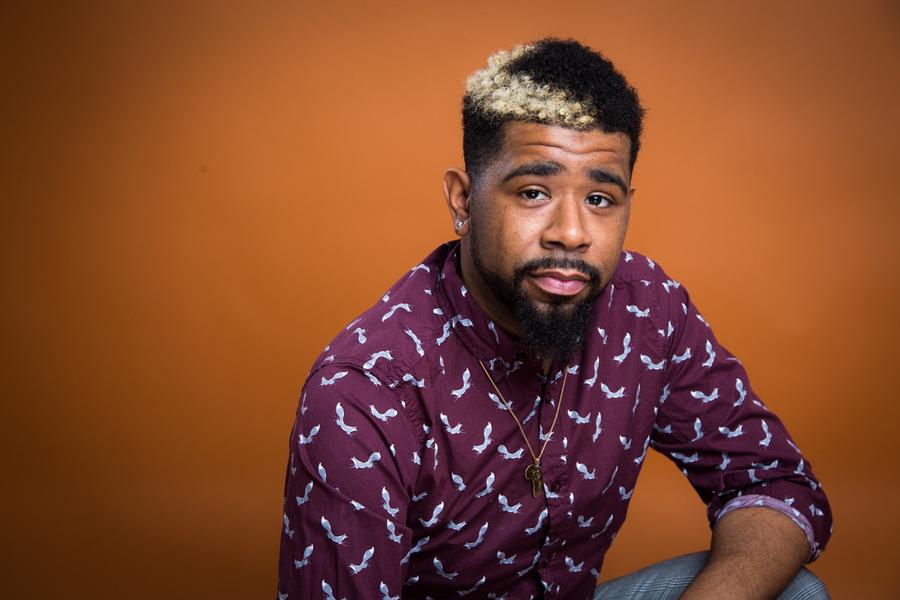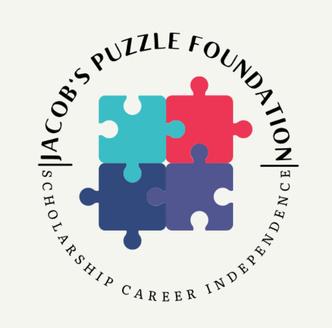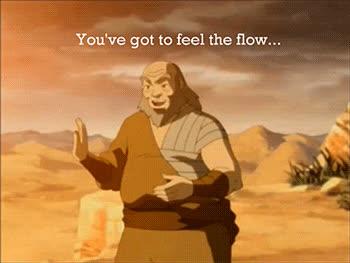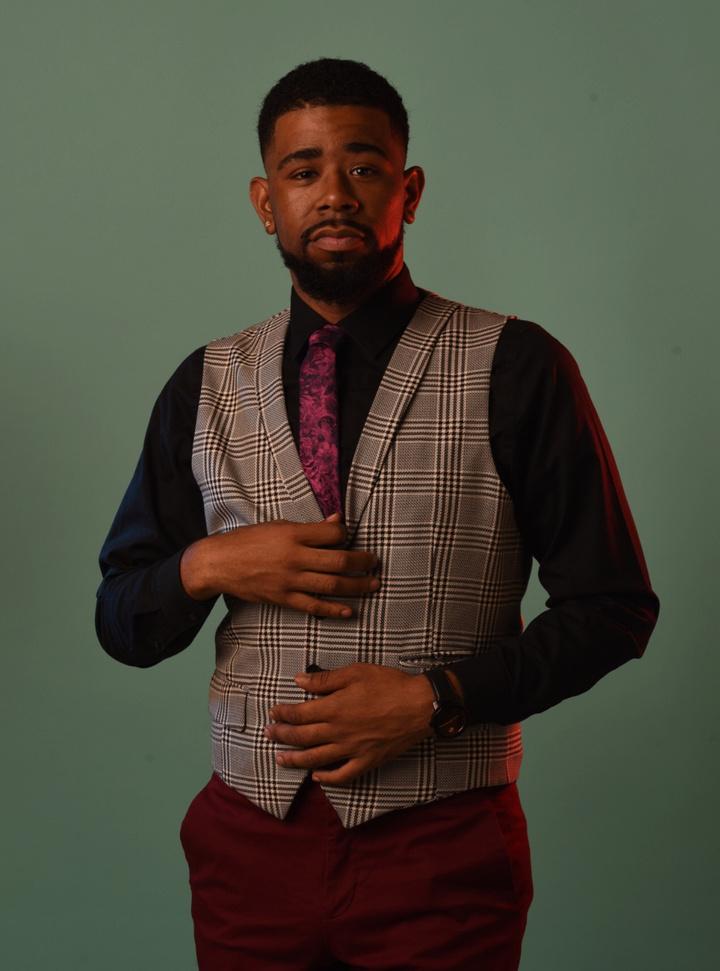WHO HIM?

Education for 8+ years; teaching for 3



SpEducator with exceptionalism

Chicago Native, NYC transplant, DMV


resident
Entertainment PR/Branding Student Activities and Engagement


Program Director




First "real" book, Harry Potter
Slytherin by birth, Gryffindor by nature


Teaching Standards
STANDARDS & ARTIFACTS
Creating academic standards for future educators to use and reference in their daily practice is a difficult task, but it was accomplished. The InTASC (Interstate Teacher Assessment and Support Consortium) has created 10 teaching standards, while the CEC (Council for Exceptional Children) has only 7 teaching standards. It should be noted though, the InTASC standards were developed in conjunction with the CEC and other partner organizations to select the best practices for beginning teachers to know about. The development of both sets of standards shows that they have worked together in development, but the CEC has created their standards to best fit the needs of not only the student with exceptionality but also keeps in mind the educator that will work with them, even as a general education teacher. Both standards are student-centered, which is a benefit because each standard builds upon the last, which is evident daily as a teacher. My content specialty is Special Education, so I find it important to not only learn the standards of the InTASC, but also the CEC so that I may be able to align both sets of national standards within my classroom and become an empowered advocate and educator. There are seven standards total and are aligned to the diverse range of exceptionalities for students with disabilities.
INTASC: #9 – PROFESSIONAL LEARNING AND ETHICAL PRACTICE
CEC Standard: #6- Professional Learning and Ethical Practice)
Teachers use professional development opportunities to increase engagement and learner experiences and outcomes, that reflect their teaching values and the community they’re a part of.
Artifact #1: Relay GSE Teacher Feedback
The Relay GSE feedback is used during weekly data meetings to analyze student work, and anticipate multiple gaps in learning throughout the intended lesson.

Artifact #2: New Tech Network Teacher Agenda PD
The agenda attached was used for teacher schoolwide professional development part of New Tech Network (NTN) redesign of the school and curriculum.

Whatis: Dyslexia?

Disability Reflection
Dyslexia is:
What is Dyslexia?
“Dyslexia is a specific learning disability that is neurobiological in origin. It is characterized by difficulties with accurate and/or fluent word recognition and by poor spelling and decoding abilities. These difficulties typically result from a deficit in the phonological component of language that is often unexpected in relation to other cognitive abilities and the provision of effective classroom instruction. Secondary consequences may include problems in reading comprehension and reduced reading experience that can impede growth of vocabulary and background knowledge.”
Source:Reference1

Disability Reflection Dyslexia Facts & Infographic

Dyslexia is not exclusive to low-functioning readers. Students with dyslexia may file for accommodation for college entrance exams, so as not to leave them out.

Dyslexia falls under the ADA and IDEA acts of the USA, and anyone with the diagnosis is able to research it.
MYTH: Students read backward, but they confuse symbols for letters and sounds. Under IDEA, students with Dyslexia are able to apply for modification and scaffolds for instruction as detailed in IDEA and their IEP. Students are able to build on the key success of previous reading skill with targetted instruction.
Source:Reference1&3
DEFINING SPECIAL EDUCATION, LEGALLY SPEAKING
The stated purpose of the IDEA is:
to ensure that all children with disabilities have available to them a free appropriate public education that emphasizes special education and related services designed to meet their unique needs and prepare them for further education, employment, and independent living;
The Individuals with Disabilities Education Act (IDEA) is a law that makes available a free appropriate public education to eligible children with disabilities throughout the nation and ensures special education and related services to those children.
The IDEA governs how states and public agencies provide early intervention, special education, and related services to more than 7.5 million (as of school year 2020-21) eligible infants, toddlers, children, and youth with disabilities.
Infants and toddlers, birth through age 2, with disabilities and their families receive early intervention services under IDEA Part C. Children and youth ages 3 through 21 receive special education and related services under IDEA Part B.
to ensure that the rights of children with disabilities and parents of such children are protected;
to assist States, localities, educational service agencies, and Federal agencies to provide for the education of all children with disabilities;
to assist States in the implementation of a statewide, comprehensive, coordinated, multidisciplinary, interagency system of early intervention services for infants and toddlers with disabilities and their families;
to ensure that educators and parents have the necessary tools to improve educational results for children with disabilities by supporting system improvement activities; coordinated research and personnel preparation; coordinated technical assistance, dissemination, and support; and technology development and media services; to assess, and ensure the effectiveness of, efforts to educate children with disabilities.
IDEA ACT
ABOUT ME
Mr. Ashton J. Minor
High School Special Education Teacher
Mr. Ashton J. Minor, or Mr. A. Minor for short, is a Special Educator based in Greater Washington, D.C., currently serving as an ELA self-contained teacher for High School students in Southeast DC. Hailing from the southside of Chicago, IL., Mr. A. Minor received his Bachelor’s in Asian Studies from St. John’s University in Queens, NYC, and his Master's in Special Education from Howard University, where he resided postgraduation. Having worked in education for nearly a decade, he is a champion for exceptional black and brown students to be able to self-advocate, increase their literacy skills, and their independent life skills that go beyond the classroom. As Program Director for the Jacob’s Puzzle Foundation and the Y.E.S.X. program in Uptown, NYC, Mr. A. Minor’s charge is to aide in the development of the wholistic student by providing educational, professional, and socio-emotional learning (SEL) field experiences to black and brown students who may not be provided these opportunities otherwise. Mr. A. Minor believes that as an educator, we never stop learning from our students, and it is important to listen to their academic, social, and emotional needs. One way we grow as educators is when our students grow in their faith in our strategies for their academic and personal success and goals.

